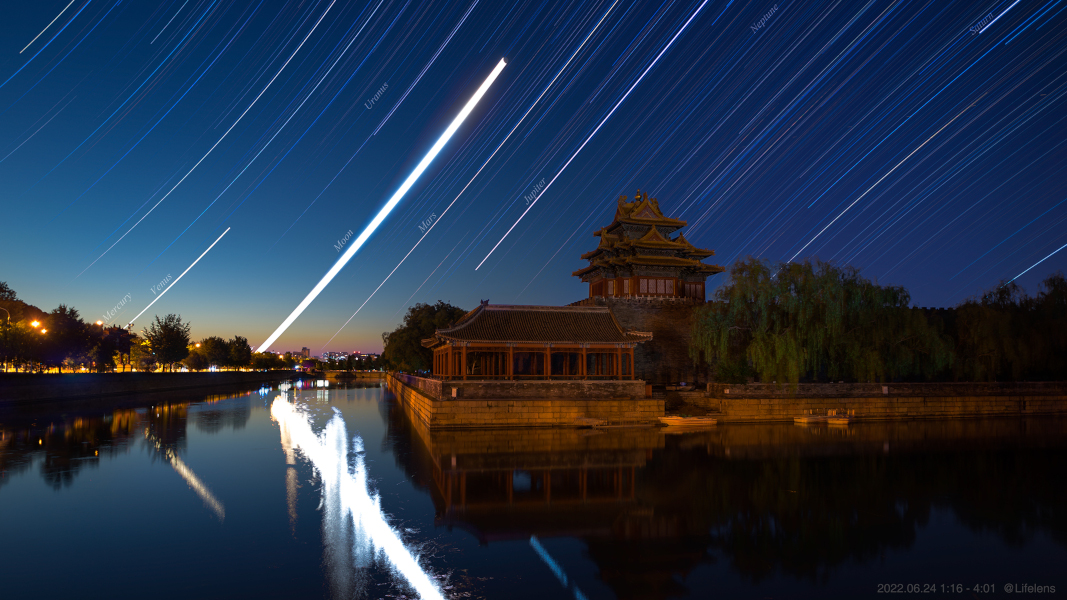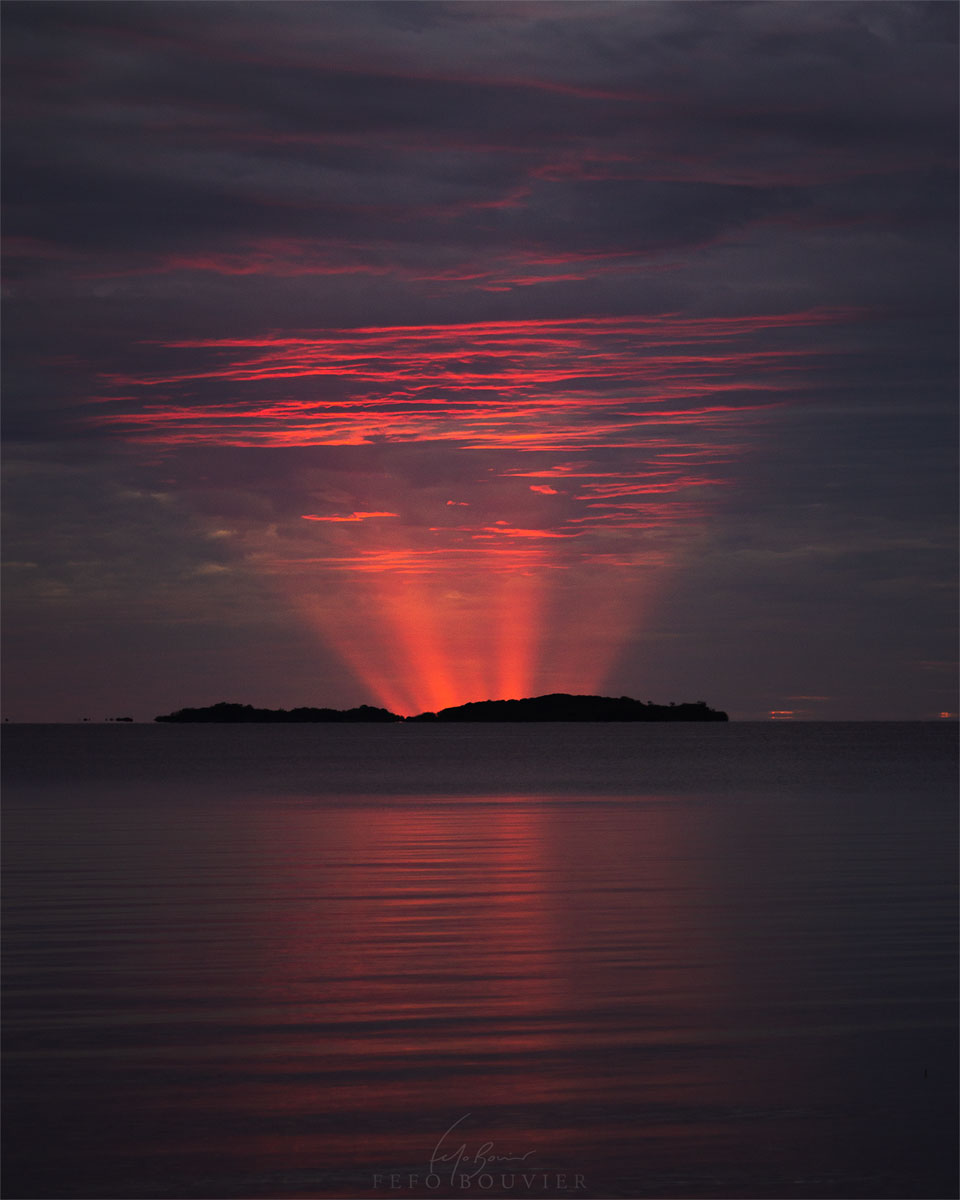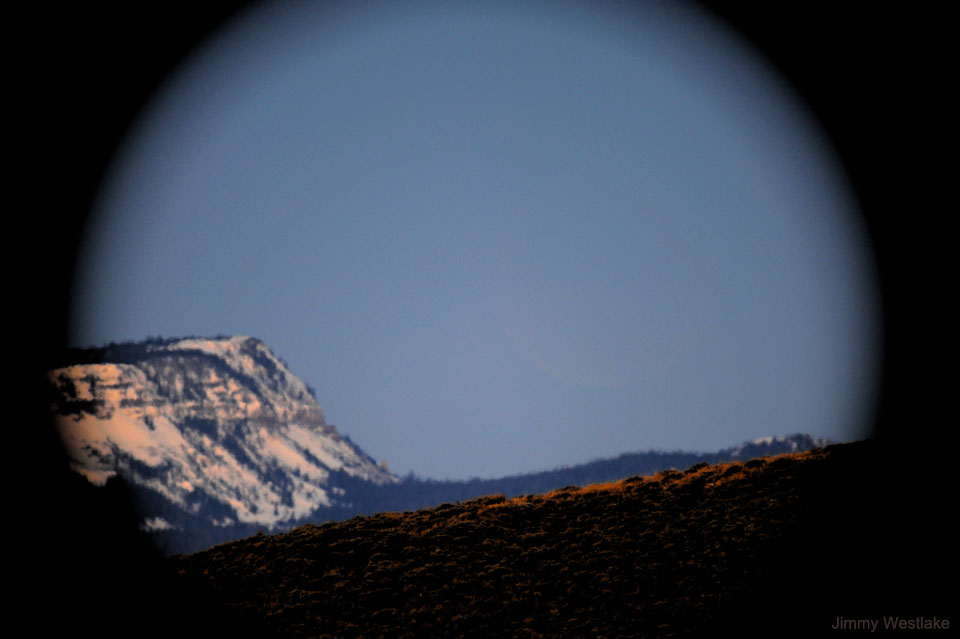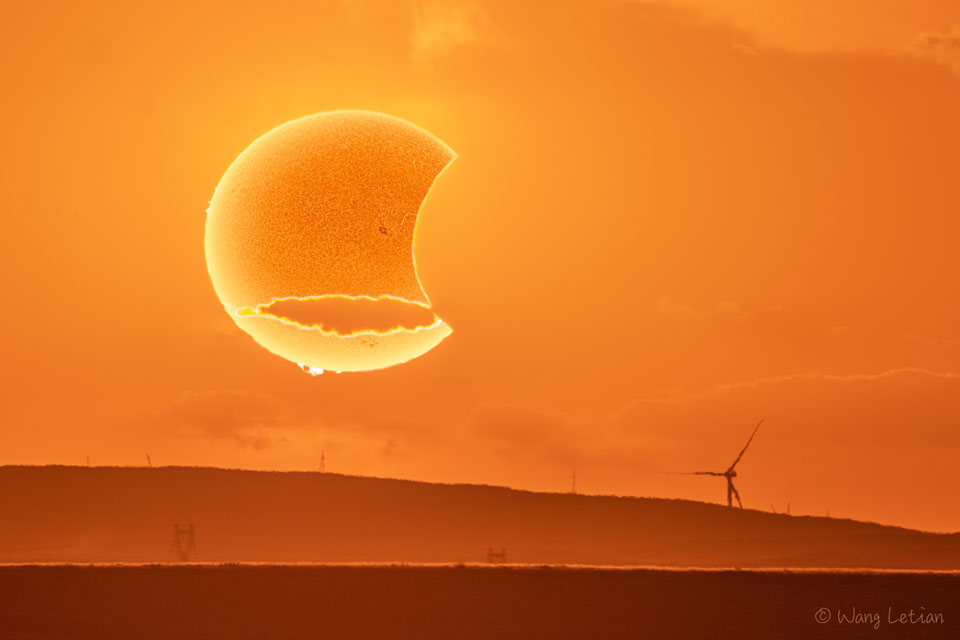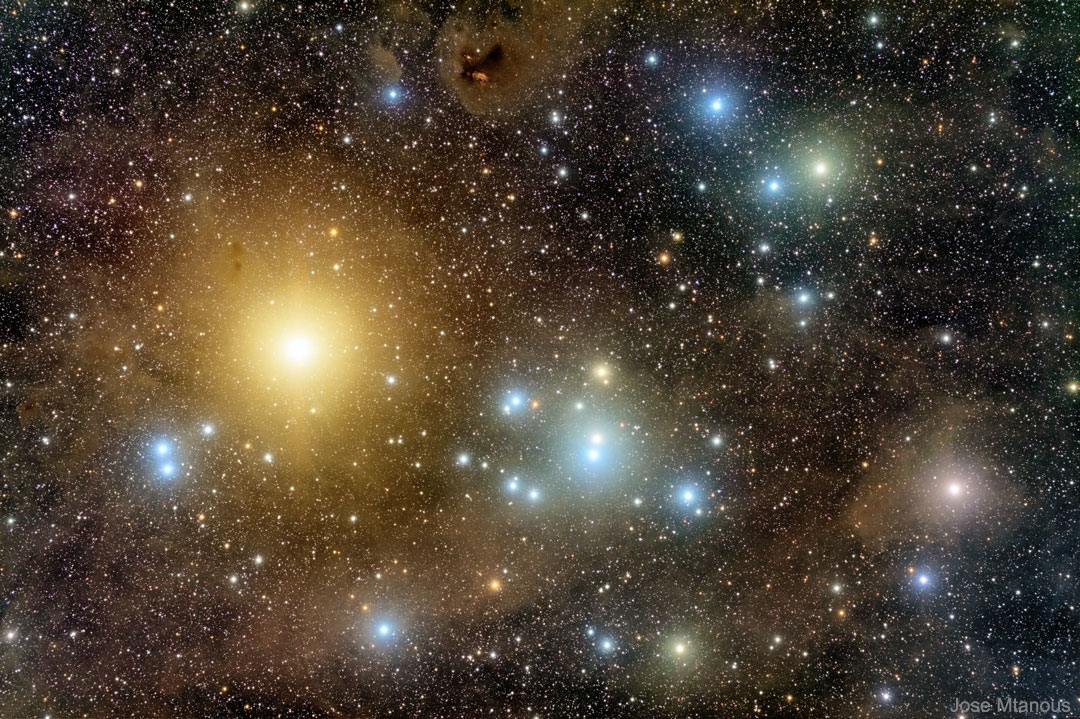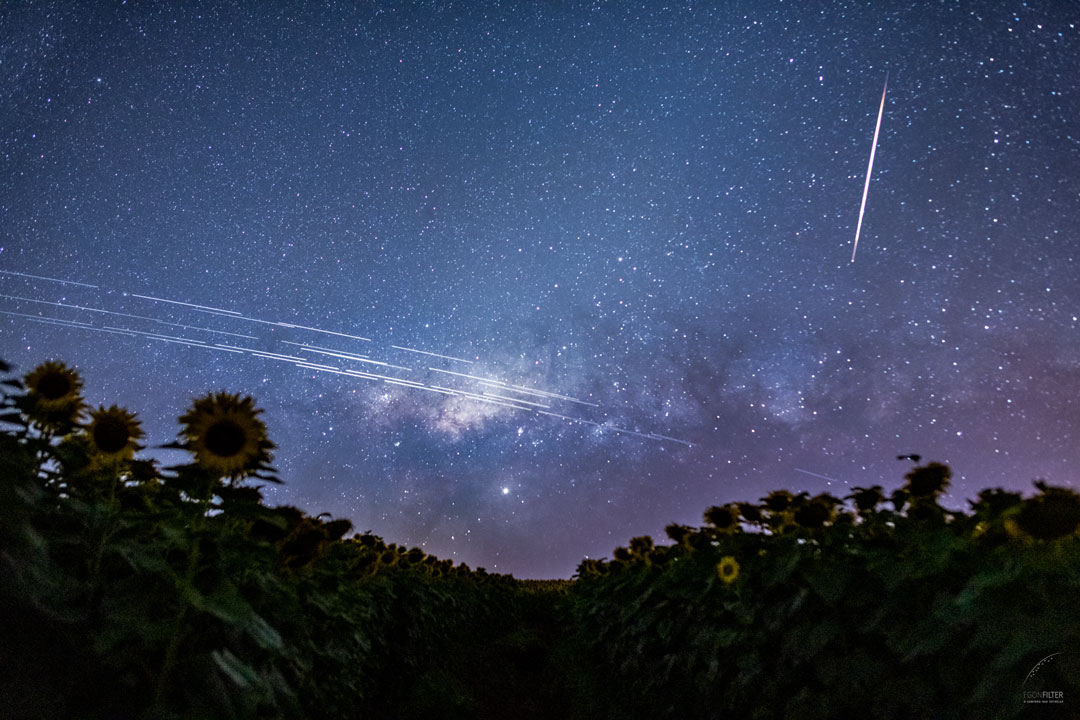
Akari-chan akari@identi.ca
Pumpiverso
Pues naci hace un puñado de años, y aqui ando... Usuaria de Jabber/XMPP, GNU/Linux+Plasma, y la red Pump. https://pumpio.readthedocs.io/en/latest/clients.html https://pumpio.readthedocs.io/en/latest/faq.html https://comunicatelibremente.wordpress.com/

Jason Self at 2022-10-31T02:09:38Z
Hooray; Luiz Inácio Lula da Silva is set to become the next president of Brazil.Akari-chan, Alexandre Oliva likes this.

Jason Self at 2022-10-24T14:30:12Z
"I'm sorry, but the garbage collector ate your program because it was garbage."Jim Fulner, Akari-chan, Alexandre Oliva likes this.
Akari-chan shared this.

Astronomy Picture of the Day for 2022-07-01 12:30:03.598762
Astronomy Picture of the Day (Unofficial) at 2022-07-01T17:30:04Z
Astronomy Picture of the Day
Discover the cosmos! Each day a different image or photograph of our fascinating universe is featured, along with a brief explanation written by a professional astronomer.
The Solar System's Planet Trails
Image Credit & Copyright: Zheng ZhiExplanation: Stars trail through a clear morning sky in this postcard from a rotating planet. The timelapse image is constructed from consecutive exposures made over nearly three hours with a camera fixed to a tripod beside the Forbidden City in Beijing, China on June 24. Arcing above the eastern horizon after the series of exposures began, a waning crescent Moon left the brightest streak and watery reflection. On that date the planets of the Solar System were also lined up along the ecliptic and left their own trails before sunrise. Saturn was first to rise on that morning and the ringed planet's trail starts close to the top right edge, almost out of the frame. Innermost planet Mercury rose only just before the Sun though. It left the shortest trail, visible against the twilight near the horizon at the far left. Uranus and Neptune are faint and hard to find, but mingled with the star trails the Solar System's planet trails are all labeled in the scene.
Tomorrow's picture: analemmas from a can
< | Archive | Submissions | Index | Search | Calendar | RSS | Education | About APOD | Discuss | >Authors & editors: Robert Nemiroff (MTU) & Jerry Bonnell (UMCP)
NASA Official: Phillip Newman Specific rights apply.
NASA Web Privacy Policy and Important Notices
A service of: ASD at NASA / GSFC
& Michigan Tech. U.
Tupulpo, Akari-chan likes this.
Jim Fulner, Akari-chan shared this.

RA Michael Seidlitz at 2022-07-04T09:21:59Z
On the Dangers of #Cryptocurrencies and the Uselessness of #Blockchainby Bruce Schneierdeutsche Übersetzung:Über die Gefahren von #Kryptowährungen und die Nutzlosigkeit von #BlockchainAkari-chan likes this.
Akari-chan shared this.

Sam Black at 2022-07-04T10:48:27Z
Nothing screams "professional outfit" than getting an automated email with just a footer asking you to consider the environment before printing and admonishing you from disclosing the content of the email.
Which is none.
Because they're incompetent.
Wow I've become old. 😑🤣Akari-chan likes this.

Astronomy Picture of the Day for 2022-05-30 12:30:03.470203
Astronomy Picture of the Day (Unofficial) at 2022-05-30T17:30:04Z
Astronomy Picture of the Day
Discover the cosmos! Each day a different image or photograph of our fascinating universe is featured, along with a brief explanation written by a professional astronomer.
Red Crepuscular Rays from an Eclipse
Image Credit & Copyright: Fefo BouvierExplanation: What's happening behind that island? Things both expected and unexpected. Expected, perhaps, the pictured rays of light -- called crepuscular rays -- originate from the Sun. Unexpected, though, the Sun was being partially eclipsed by the Moon at the time -- late last month. Expected, perhaps, the Sun's rays are quite bright as they shine through gaps in below-horizon clouds. Unexpected, though, the crepuscular rays are quite red, likely the result an abundance of aerosols in Earth's atmosphere scattering away much of the blue light. Expected, with hope, a memorable scene featuring both the Moon and the Sun, superposed. Unfortunately, from this location -- in Uruguay looking toward Argentina -- clouds obscured the eclipse -- which wasn't completely unexpected. However, after packing up to go home, the beauty of bright red crepuscular rays emerged -- quite unexpectedly. Oh -- and that island on the horizon -- it's really two islands.
Tomorrow's picture: yellow liquid sun
< | Archive | Submissions | Index | Search | Calendar | RSS | Education | About APOD | Discuss | >Authors & editors: Robert Nemiroff (MTU) & Jerry Bonnell (UMCP)
NASA Official: Phillip Newman Specific rights apply.
NASA Web Privacy Policy and Important Notices
A service of: ASD at NASA / GSFC
& Michigan Tech. U.
Tupulpo, Akari-chan, McClane likes this.

Jason Self at 2022-06-03T01:13:28Z
June is LGBT Pride Month so I have changed my avatar for the month. Be proud for being you.Alexandre Oliva, Akari-chan likes this.

Astronomy Picture of the Day for 2022-05-11 12:30:03.265975
Astronomy Picture of the Day (Unofficial) at 2022-05-11T17:30:03Z
Astronomy Picture of the Day
Discover the cosmos! Each day a different image or photograph of our fascinating universe is featured, along with a brief explanation written by a professional astronomer.
Gravity's Grin
Image Credit: X-ray - NASA / CXC / J. Irwin et al. ; Optical - NASA/STScI
Explanation: Albert Einstein's general theory of relativity, published over 100 years ago, predicted the phenomenon of gravitational lensing. And that's what gives these distant galaxies such a whimsical appearance, seen through the looking glass of X-ray and optical image data from the Chandra and Hubble space telescopes. Nicknamed the Cheshire Cat galaxy group, the group's two large elliptical galaxies are suggestively framed by arcs. The arcs are optical images of distant background galaxies lensed by the foreground group's total distribution of gravitational mass. Of course, that gravitational mass is dominated by dark matter. The two large elliptical "eye" galaxies represent the brightest members of their own galaxy groups which are merging. Their relative collisional speed of nearly 1,350 kilometers/second heats gas to millions of degrees producing the X-ray glow shown in purple hues. Curiouser about galaxy group mergers? The Cheshire Cat group grins in the constellation Ursa Major, some 4.6 billion light-years away.
Tomorrow's picture: pixels in space
< | Archive | Submissions | Index | Search | Calendar | RSS | Education | About APOD | Discuss | >Authors & editors: Robert Nemiroff (MTU) & Jerry Bonnell (UMCP)
NASA Official: Phillip Newman Specific rights apply.
NASA Web Privacy Policy and Important Notices
A service of: ASD at NASA / GSFC
& Michigan Tech. U.
Akari-chan, Tupulpo likes this.

Alexandre Oliva at 2021-09-18T05:58:37Z
.oO it's software freedom day!
it feels a little ahead of the right date, but I'm not one to pass a free software celebration
let's make it a fortnight-ish freedom fest, from today through to Sept 27 (GNU launched, FS coined), and on to Oct 4 (FSF founded)Akari-chan, Jackson de Jesus likes this.
Jason Self shared this.

Astronomy Picture of the Day for 2021-09-21 12:30:02.024883
Astronomy Picture of the Day (Unofficial) at 2021-09-21T17:30:03Z
Astronomy Picture of the Day
Discover the cosmos! Each day a different image or photograph of our fascinating universe is featured, along with a brief explanation written by a professional astronomer.
Sun Spot Hill
Image Credit & Copyright: Jordi CoyExplanation: Is this giant orange ball about to roll down that tree-lined hill? No, because the giant orange ball is actually the Sun. Our Solar System's central star was captured rising beyond a hill on Earth twelve days ago complete with a delightfully detailed foreground. The Sun's disk showed five sunspots, quite a lot considering that during the solar minimum in solar activity of the past few years, most days showed no spots. A close look at the hill -- Sierra del Cid in Perter, Spain -- reveals not only silhouetted pine trees, but silhouetted people -- by coincidence three brothers of the photographer. The trees and brothers were about 3.5-kilometers away during the morning of the well-planned, single-exposure image. A dark filter muted the usually brilliant Sun and brought up great detail on the lower sunspots. Within a few minutes, the Sun rose far above the hill, while within a week, the sunspots rotated around the Sun, out of view. The captured scene, however, is now frozen in time for all to enjoy.
Tomorrow's picture: half day
< | Archive | Submissions | Index | Search | Calendar | RSS | Education | About APOD | Discuss | >Authors & editors: Robert Nemiroff (MTU) & Jerry Bonnell (UMCP)
NASA Official: Phillip Newman Specific rights apply.
NASA Web Privacy Policy and Important Notices
A service of: ASD at NASA / GSFC
& Michigan Tech. U.
Rolando A., Tupulpo, Akari-chan likes this.
Akari-chan shared this.

Astronomy Picture of the Day for 2021-09-23 12:30:01.735967
Astronomy Picture of the Day (Unofficial) at 2021-09-23T17:30:02Z
Astronomy Picture of the Day
Discover the cosmos! Each day a different image or photograph of our fascinating universe is featured, along with a brief explanation written by a professional astronomer.
Harvest Moon Trail
Image Credit & Copyright: Mike CoheaExplanation: Famed in festival, story, and song the best known full moon is the Harvest Moon. For northern hemisphere dwellers that's a traditional name of the full moon nearest the September equinox. Seen from Saunderstown, Rhode Island, planet Earth, this Harvest Moon left a broad streak of warm hues as it rose through a twilight sky over the Newport Bridge. On September 20 its trail was captured in a single 22 minute exposure using a dense filter and a digital camera. Only two days later the September equinox marked a change of season and the beginning of autumn in the north. In fact, recognizing a season as the time between solstice and equinox, this Harvest Moon was the fourth full moon of the season, coming just before the astronomical end of northern summer.
Tomorrow's picture: Perseid meteor outburst
< | Archive | Submissions | Index | Search | Calendar | RSS | Education | About APOD | Discuss | >Authors & editors: Robert Nemiroff (MTU) & Jerry Bonnell (UMCP)
NASA Official: Phillip Newman Specific rights apply.
NASA Web Privacy Policy and Important Notices
A service of: ASD at NASA / GSFC
& Michigan Tech. U.
Akari-chan likes this.

Opciones más amigables con el ambiente

Adapto y amplío esta publicación que compartí en otra red. Soy injusto con identi.ca, esta es mi primera y siempre de confianza red social (lo que sea que eso signifique).
Es buen momento para reconsiderar nuestras prácticas en red, qué tan amables con el medio ambiente, si en verdad necesitamos tantas posibilidades que no usamos pero requieren de más espacio y tiempo de procesamiento.
Para checar la huella de carbono de los sitios web una herramienta útil es:
https://www.websitecarbon.com/
No hay información para todos los sitios (puede que se deba a que no declaran el gasto energético de sus servidores), pero sirve para darse una idea.
Para wordpress no da información, una opción para albergar un blog usando un mínimo de recursos es bearblog dev:
Se generan sitios muy sencillos, donde lo relevante es el texto una experiencia más enfocada a la lectura. No sé que tan amable sea para escribir y leer en español, pero parece una buena opción para los que aún no logramos grandes avances con hugo y las páginas estáticas.
https://gohugo.io/getting-started/quick-start/
Hugo es una gran herramienta que te permite hacer páginas muy ligeras (también puedes complicarlas a gusto) e incluso hospedarlas desde github y gitlab (gracias al comentario de un contacto sé que también se puede desde https://codeberg.org, que es una instancia de gitea, pero aún hay cosa que debo averiguar). La característica de las páginas estáticas es que cargan cuando el visitante accede, esto ahorra energía y ancho de banda. Si además se toma una postura estilo bearblog (pueden bajar el tema de bearblog en hugo) se pueden liberar muchos recursos en servidores y en la red en general.
Ya que lo mencioné, gitea es una plataforma git también ligera y poco demandante de recursos, incluso puede ser hospedada en nuestro propio servidor, una raspberry pi o alguna otra computadora tamaño tarjeta. O se puede buscar una instancia pública como https://git.disroot.org
Ya veo las posibilidades para hacer los cambios en mis servicios, sé que algunos siguen siendo un poco demandantes de recursos, pero por algo hay que empezar.
(Crédito de la imagen: "Computer Keyboard" by Paul Garland is licensed under CC BY-NC-SA 2.0 )
Akari-chan likes this.
Akari-chan shared this.

Ojalá el mundo tendiese un poco más hacia esto.
Desgraciadamente las tendencias "mainstream" son justo las contrarias.
Sin ir más lejos, un ejemplo que vi ayer: estudiantes con libros online, que requieren un programa específico en el PC para acceder, y conexión a internet constante. ¿Cachear los libros al menos? Naaaaaaah, ¿para qué? 🙄
JanKusanagi at 2021-09-28T15:38:11Z
Vladimir likes this.

Jason Self at 2021-10-02T14:14:52Z
I think Rick Astley once sang a song about GNU: "Never gonna give GNU up, never gonna let GNU down..." ☺Alexandre Oliva, Akari-chan likes this.

Astronomy Picture of the Day for 2021-07-11 12:30:01.816929
Astronomy Picture of the Day (Unofficial) at 2021-07-11T17:30:02Z
Astronomy Picture of the Day
Discover the cosmos! Each day a different image or photograph of our fascinating universe is featured, along with a brief explanation written by a professional astronomer.
Find the Moon
Image Credit & Copyright: Jimmy Westlake (Colorado Mountain College)Explanation: Where's the Moon? Somewhere in this image, the Earth's Moon is hiding. The entire Moon is visible, in its completely full phase, in plain sight. Even the photographer's keen eye couldn't find it even though he knew exactly where to look -- only the long exposure of his camera picked it up -- barely. Although by now you might be congratulating yourself on finding it, why was it so difficult to see? For one reason, this photograph was taken during a total lunar eclipse, when the Earth's shadow made the Moon much dimmer than a normal full Moon. For another, the image, taken in Colorado, USA, was captured just before sunrise. With the Moon on the exact opposite side of the sky from the Sun, this meant that the Sun was just below the horizon, but still slightly illuminating the sky. Last, as the Moon was only about two degrees above the horizon, the large volume of air between the camera and the horizon scattered a lot of light away from the background Moon. Twelve minutes after this image was acquired in 2012, the Sun peeked over the horizon and the Moon set.
Tomorrow's picture: comet, planet, or star?
< | Archive | Submissions | Index | Search | Calendar | RSS | Education | About APOD | Discuss | >Authors & editors: Robert Nemiroff (MTU) & Jerry Bonnell (UMCP)
NASA Official: Phillip Newman Specific rights apply.
NASA Web Privacy Policy and Important Notices
A service of: ASD at NASA / GSFC
& Michigan Tech. U.
Akari-chan likes this.

Astronomy Picture of the Day for 2021-06-28 12:30:01.388083
Astronomy Picture of the Day (Unofficial) at 2021-06-28T17:30:02Z
Astronomy Picture of the Day
Discover the cosmos! Each day a different image or photograph of our fascinating universe is featured, along with a brief explanation written by a professional astronomer.
A Paper Moon Solar Eclipse
Image Credit & Copyright: Wang Letian (Eyes at Night)Explanation: It may look like a paper Moon. Sailing past a canvas Sun. But those are not cardboard clouds. And it's not make believe. The featured picture of an orange colored sky is real -- a digital composite of two exposures of the solar eclipse that occurred earlier this month. The first exposure was taken with a regular telescope that captured an overexposed Sun and an underexposed Moon, while the second image was taken with a solar telescope that captured details of the chromosphere of the background Sun. The Sun's canvas-like texture was brought up by imaging in a very specific shade of red emitted by hydrogen. Several prominences can be seen around the Sun's edge. The image was captured just before sunset from Xilingol, Inner Mongolia, China. It's also not make-believe to imagine that the Moon is made of dense rock, the Sun is made of hot gas, and clouds are made of floating droplets of water and ice.
Tomorrow's picture: hubble's orion
< | Archive | Submissions | Index | Search | Calendar | RSS | Education | About APOD | Discuss | >Authors & editors: Robert Nemiroff (MTU) & Jerry Bonnell (UMCP)
NASA Official: Phillip Newman Specific rights apply.
NASA Web Privacy Policy and Important Notices
A service of: ASD at NASA / GSFC
& Michigan Tech. U.
Akari-chan likes this.
Akari-chan shared this.

Karl Fogel at 2020-05-04T16:20:20Z
I hope you'll join me in supporting the National Emergency Library at the @InternetArchive (I just donated). Their expansion of access during the COVID-19 crisis is *exactly* the kind of experiment that needs doing right now.
https://archive.org/NEL
Some advocates of copyright restrictions are objecting to the National Emergency Library. They remind me a lot of those who objected to FDR's experimentation during the crisis of the Great Depression. I mean, if *now* is not the time for this experiment, when would be?
I wrote a piece about this for @QCO:
https://questioncopyright.org/support-the-national-emergency-library
TL;DR: When people are willing to give up *freedom of physical movement* and yet still think adjusting copyright restrictions -- even temporarily -- is out of bounds, then we have a collective failure of imagination.Doug Whitfield, Akari-chan likes this.
EVAnaRkISTO@DM, EVAnaRkISTO@DM, Doug Whitfield, Doug Whitfield and 2 others shared this.

Seriously?
 The only bot I would wish to have follow me here is little buddy x11r5 rather than this mess.
The only bot I would wish to have follow me here is little buddy x11r5 rather than this mess.ghostdancer, Akari-chan likes this.

Astronomy Picture of the Day for 2020-01-22 12:30:02.211866
Astronomy Picture of the Day (Unofficial) at 2020-01-22T18:30:02Z
Discover the cosmos! Each day a different image or photograph of our fascinating universe is featured, along with a brief explanation written by a professional astronomer.
The Hyades Star Cluster
Image Credit & Copyright: Jose MtanousExplanation: It is the closest cluster of stars to the Sun. The Hyades open cluster is bright enough to have been remarked on even thousands of years ago, yet is not as bright or compact as the nearby Pleiades (M45) star cluster. Pictured here is a particularly deep image of the Hyades which has brings out vivid star colors and faint coincidental nebulas. The brightest star in the field is yellow Aldebaran, the eye of the bull toward the constellation of Taurus. Aldebaran, at 65 light-years away, is now known to be unrelated to the Hyades cluster, which lies about 150 light-years away. The central Hyades stars are spread out over about 15 light-years. Formed about 625 million years ago, the Hyades likely shares a common origin with the Beehive cluster (M44), a naked-eye open star cluster toward the constellation of Cancer, based on M44's motion through space and remarkably similar age.
Tomorrow's picture: roaming the halo Akari-chan likes this.

Astronomy Picture of the Day for 2019-12-10 12:30:01.623898
Astronomy Picture of the Day (Unofficial) at 2019-12-10T18:30:02Z
Discover the cosmos! Each day a different image or photograph of our fascinating universe is featured, along with a brief explanation written by a professional astronomer.
Starlink Satellite Trails over Brazil
Image Credit & Copyright: Egon FilterExplanation: What are those streaks over the horizon? New Starlink satellites reflecting sunlight. SpaceX launched 60 Starlink communication satellites in May and 60 more in November. These satellites and thousands more are planned by communications companies in the next few years that may make streaks like these relatively common. Concern has been voiced by many in the astronomical community about how reflections from these satellites may affect future observations into space. In the pictured composite of 33 exposures, parallel streaks from Starlink satellites are visible over southern Brazil. Sunflowers dot the foreground, while a bright meteor was caught by chance on the upper right. Satellite reflections are not new -- the constellation of 66 first-generation Iridium satellites launched starting 20 years ago produced some flares so bright that they could be seen during the day. Most of these old Iridium satellites, however, have been de-orbited over the past few years.
Infinite Loop: Create an APOD Station in your classroom or Science Center.
Tomorrow's picture: supernova firefoxAkari-chan, McClane likes this.

RA Michael Seidlitz at 2019-12-11T14:26:28Z
EDPBGuidelines 5/2019 on the criteria of the Right to be Forgotten in the search engines cases under the GDPR (part 1)The guidelines will be open for public consultation until 05/02/2020.Akari-chan likes this.
Akari-chan, Akari-chan shared this.
